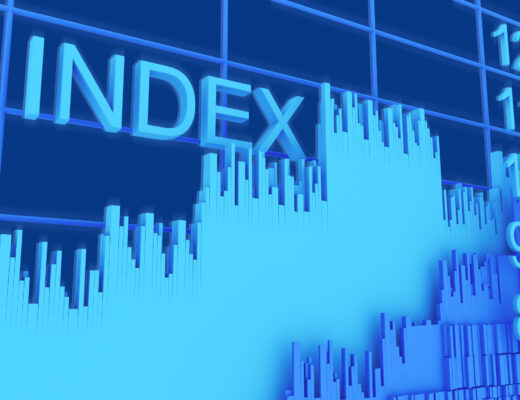What is the basis point?
At the beginning of his activity, a trader is confronted with a huge number of terms and concepts, which are extremely difficult to memorize at the same time. However, there are those that are used not only within the exchange, and with a detailed acquaintance, their concept becomes simple and accessible. These include basis point, a term you often hear in financial market reviews or interest rate references.
A basis point is 1/100th of a percentage point, in other words, 1% requires 100 bps. The concept reflects the change in the size of the interest rate when comparing it to its previous value. It should be noted that the basis point does not characterize the size of the rate itself, but its change.
For example, the Fed declares a 0.5% change in the interest rate, and it is now 2.5%. In this case, the 0.5% figure is 50 basis points.
This concept is used to reflect insignificant changes, for example, by 5 bps, which in terms of percent is a very small value.
Quite often traders confuse the concept of a basis point with a point, which is used in the basis quotation. The latter is a change in the last digit of the price of an asset. Information about the basis point is primarily useful to stock market players who use dividend transactions for investment returns.
Information about the basis point is primarily useful to stock market players who use dividend transactions for investment returns.
The basis points are often used in conjunction with yield curves. The latter reflects changes in the number of yields and depends on the maturity period of securities of particular issues. In this case, the yields of longer-term securities are subtracted from the yields of shorter-term securities. The difference affects the display of the curve, it can be almost flat or have a steep angle. In this case, the curve for long-term issues will be higher, because there are a large number of different risks involved.
Often, basis points are used as a tool for comparing rates on consumer loans. In most cases, changes in such rates are insignificant in size and expressed precisely in bps. The consumer loan rate can be seen as a risk factor for the benchmark rate, for example, for government bond yields. It should also be noted that basis points are used to express 10-year Treasury yields. In this way, financiers want to show a comparison between the two instruments.
The basis point is quite easy to calculate and is not difficult to interpret. At the same time, such an indicator clearly demonstrates the difference and the dynamics of change for a particular asset or instrument. Such information can be useful for a trader who monitors even minor movements.










